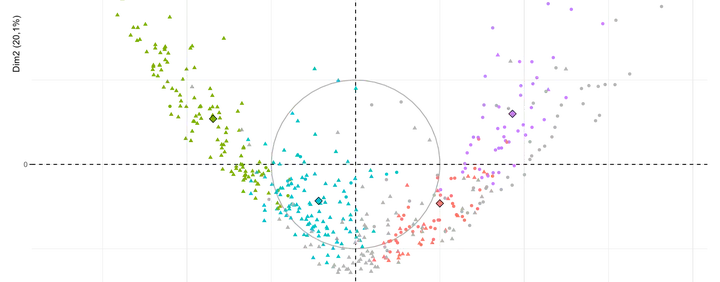Difference between schools in Buenos Aires (Argentina)

Abstract
Differences between schools are an important aspect of educational inequalities in the context of expanding coverage. The aim of this paper is to identify the factors that explain the differences between secondary schools in Buenos Aires. A tandem approach is used, combining a multiple factor analysis and a fuzzy cluster based on k-means. As a result of the analysis, we identify a differentiation of the educational supply based on two dimensions. On the one hand, the social origin and the educational performance; and on the other, the school segregation. In the conclusions, we question concepts such as “segmentation” and “fragmentation” to characterize the difference between schools in the case of the study. The results allow us to rethink the existence of categorical boundaries that separate secondary schools. Instead of this, this work proposes the concept of “continuum, unequal, and hierarchized space”. This is a relational point of view that understands the difference between schools as an expression of a continuum multidimensional space that integrates schools within a network of global inequalities.